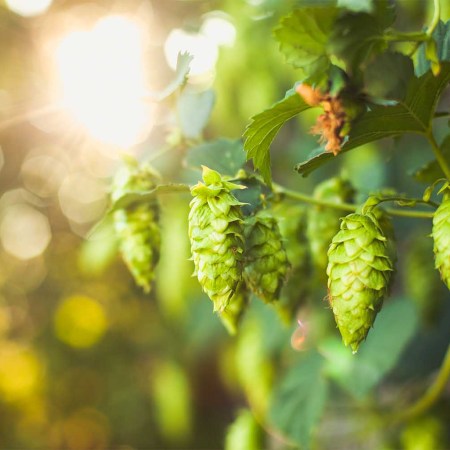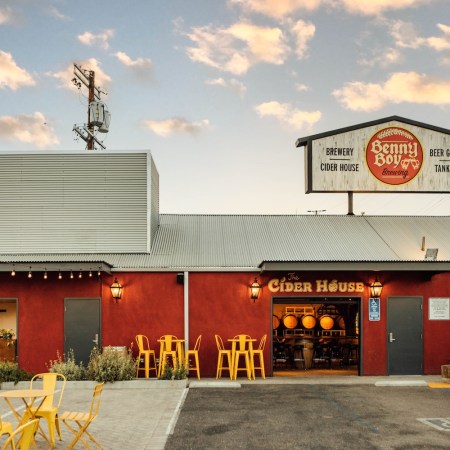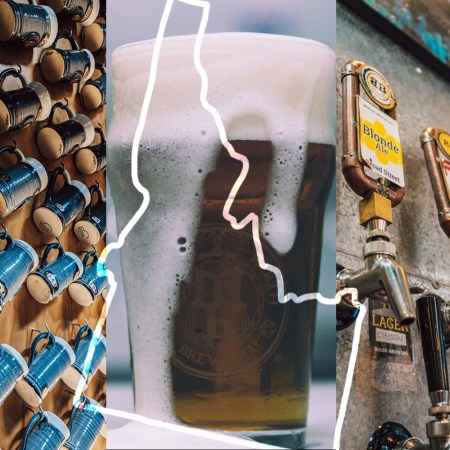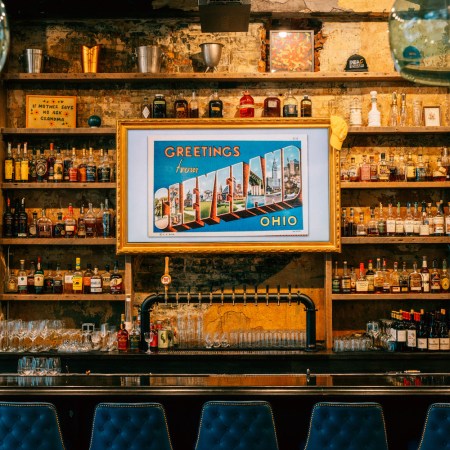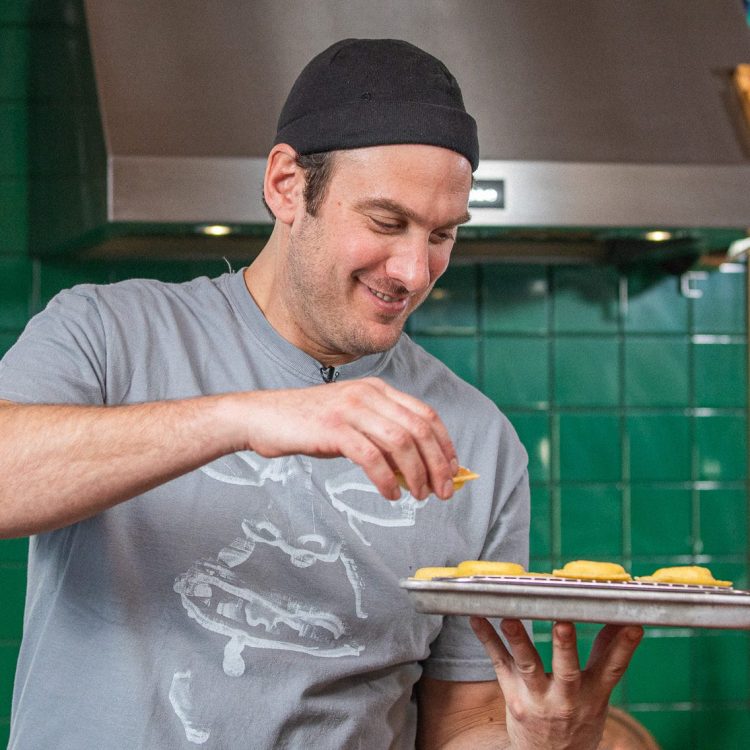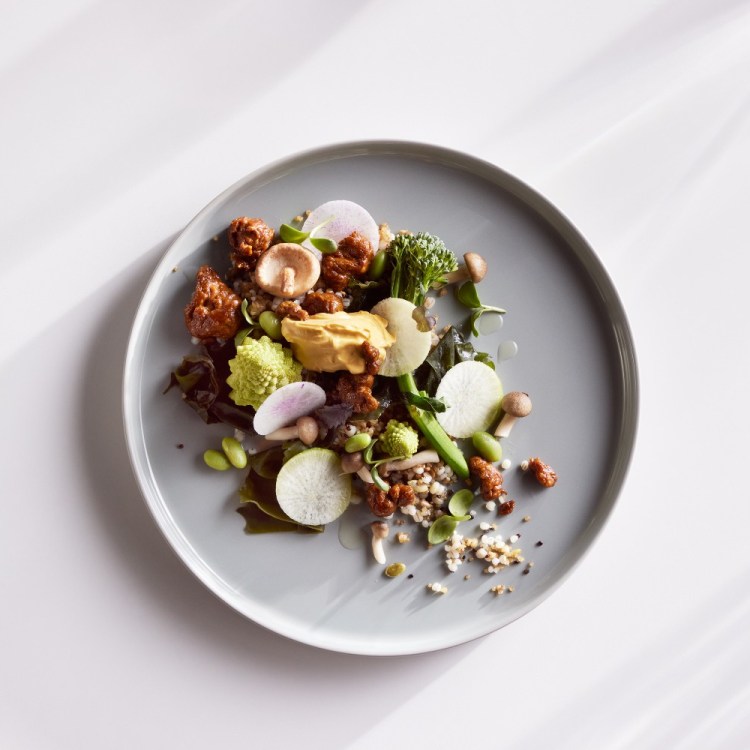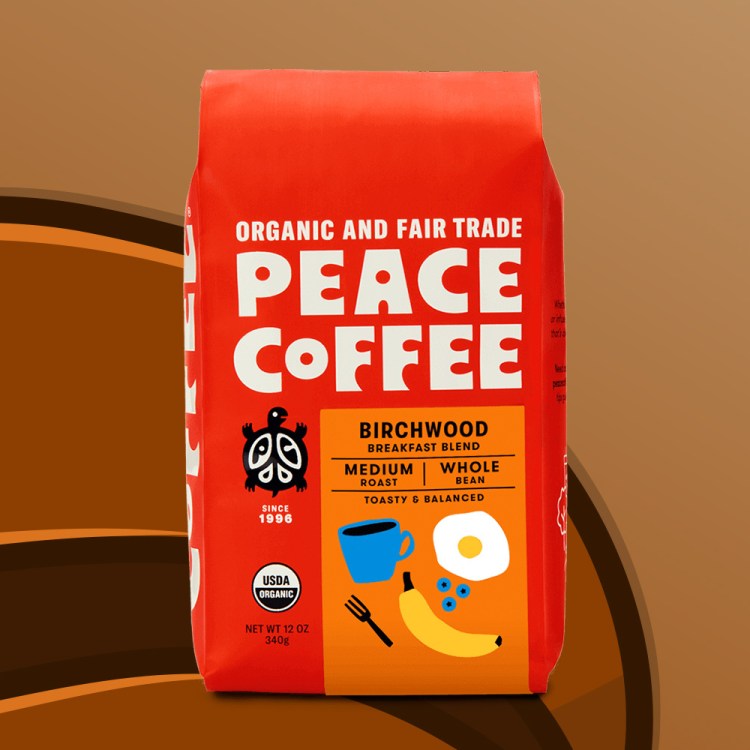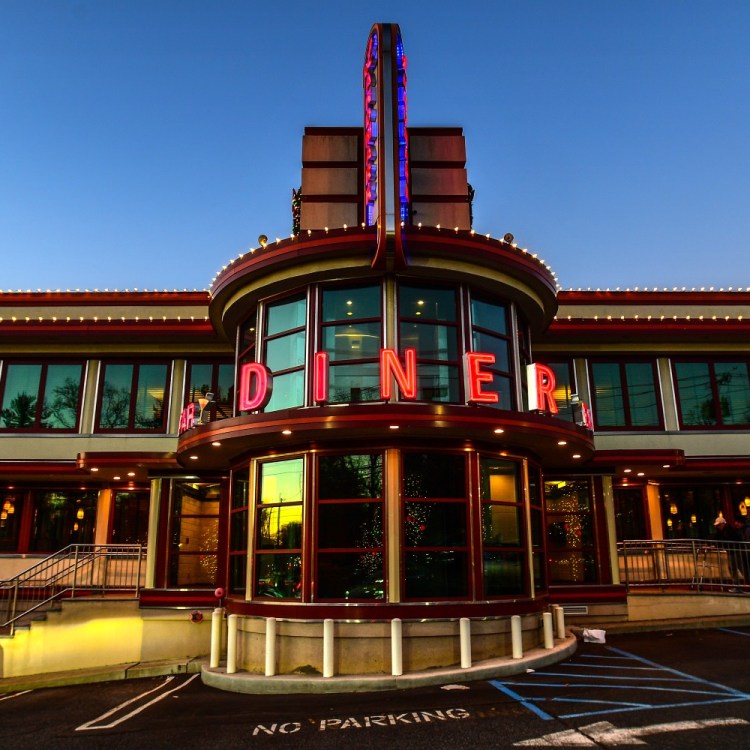There was a time when the craft-beer world was populated almost exclusively by leaders. People like Ken Grossman at Sierra Nevada, Jim Koch at Sam Adams or Sam Calagione at Dogfish Head — they very clearly set out to fill a void, to make the kind of beer that simply wasn’t being made anywhere at the time, certainly, or in some cases, ever.
But in the decades that have passed since those breweries rose to prominence, craft beer has become a much bigger business, wielding considerable influence over the beer world as a whole, and even over the small handful of corporations that make up “Big Beer,” as it’s come to be known. Meaning: if something catches on among craft brewers, you can rest assured it’ll trickle up to the Anheuser-Busch InBevs of the world.
The stakes are considerably higher all around. That being the case, there is less of a premium placed on innovation and experimentation than ever before. With a little luck and a lot of hard hard work, a craft brewery is now a perfectly valid business proposition, and thus their proprietors tend to be more risk-averse than those who came before them. Or, to put it more bluntly, craft beer has seen an influx of followers.
So for better or worse, there are more discernible trends than ever before. And these are the 10 we think will be most prominent in 2019.
Image from Dad and Dudes
The Rise of CBD Beer
It’s near impossible to get through a day without hearing about one new CBD-infused product or another. Whether it’s in a dog treat, coffee or a cocktail, the stuff is everywhere, and now that there’s precedent for a CBD-infused beer to be sold legally in all 50 states, it stands to reason that we’ll be seeing a lot more of them popping up nationwide. What kind of effect does CBD have on the beer? Well, for one, it’s said to add an additional element of anxiety-fighting properties. But also, it’s widely reported that CBD-infused beers don’t cause hangovers. We’re skeptical, but … OK, no, we’re sold.
The Return to the Bottle Shop
When we first got into craft beer, we spent an inordinate amount of time and money at our local (and not so local) bottle shops, memorizing what went where on each shelf and becoming friendly with the staff so that they might save us a bottle of any rare beers that came in. But then, as more of an emphasis was placed on limited, brewery-only releases, the bottle shop began to play a less integral role in the life of the craft-beer obsessive. But you know what? Those limited releases are exhausting. And while we certainly don’t want to see local and regional breweries take a backseat to bigger, more widely distributed breweries, we’d love to see those locals making large enough runs that they can at least get a few cases to the local shops.
The Hazy IPA Will Remain, but the West Coast IPA Will Make a Comeback
One of the most ubiquitous trends of the past few years has been the Northeast IPA, known for its extreme juiciness and its hazy appearance, which it gets by virtue of being unfiltered. Without filtering, hop particles are allowed to remain in the beer, which adds flavor, of course, but also makes the beer look cloudy, oftentimes bordering on opaque. They’re delicious. But there’s also a sense that the style has been pushed as far as it can be pushed. This year, we’ll see a return to some of the qualities that characterized the West Coast IPAs that were so popular not long ago: bitterness, clarity, head retention.
The Continued Proliferation of the Craft Lager
Whether it’s born of a desire to take business away from Big Beer by making more approachable beers, or it has something to do with brewers simply insisting on brewing the kind of beers they really want to drink, there’s been a considerable uptick in the amount of craft lagers being produced. There’s no reason to think this trend will slow down in 2019. We do hope to see a decrease in the number of not-very-good craft lagers being produced, but that’s a story for another day.
Low-Calorie Beers Will Grow in Popularity
For this one, we turn to Joshua M. Bernstein, journalist and author of The Complete Beer Course and Homebrew World. “This year, we’ll see health-consciousness take hold in the beer world,” he tells us. “You can only drink so many calorie-rich double IPAs and imperial stouts. Low-carb and low-calorie beers will take center stage, as well as non-alcoholic beers. Man, I wish I could drink 7% IPAs like I was 21 again, but those days are long gone.”
Local, Local, Local
The entire landscape of craft beer has changed drastically over the past few years, with small, local breweries reigning supreme in so many ways and for so many reasons. Not least of which is freshness: it’s long been said that the best beer, and especially the best IPA, is the freshest one you can find, so it makes sense that as the public becomes more educated about that particular style, the ones that are made, sold and consumed on the same premises would be the most popular. The importance of the local brewery as a place for socializing — often in a family-friendly environment — can’t be overstated either. “We’re in an era of owning your hometown, your neighborhood, your backyard,” agrees Bernstein.
Cans, Cans, Cans
This one’s not going away any time soon. There’s just no reason for it to. Cans keep beer fresher, and they’re more portable easily stored — especially in the 12-oz. variety, which, while we’re on the subject, we’d like to see more of. If we’re going to drink an 8% IPA (and we are), we don’t need the extra four ounces. We want them, desperately, but we do not need them.
The End of Craft’s Growth
We don’t mean to rain on anyone’s parade here, but this day has to be coming at some point, right? At the end of 2018, according to one news source in Colorado, an economist at the Brewers association noted that we “may be reaching that point of a mature marketplace where it’s more difficult to grow the overall share.” On a national level, one of the biggest impediments to growth is that A-B InBev continues to acquire more and more craft breweries, thereby automatically eliminating the share those breweries were once responsible for in the craft column, since post-acquisition they’re no longer considered craft. Locally, things are bound to get more competitive as well: now that a majority of people live within 10 miles of a brewery, one has to wonder if those people need to live within 10 miles of two breweries. Three? Five? At some point the ones that aren’t making good beer are going to fail.
Image from Omnipollo
Further Experimentation
Yes, we noted above that there is less of a premium placed on experimentation these days. But it’s still happening, and we expect it to increase in the coming year. As more and more breweries home in on the beers they know will make them money, it actually frees them up to try different things elsewhere. Look no further than the “pastry stouts” that grew in popularity last year — sickly sweet, diabetic nightmares that sought to recreate the taste of things like “Maple Truffle Ice Cream Waffle.” Perhaps we wouldn’t mind if said experimentation led to more… subtle creations, but we admire the spirit of it all.
Campaign Beer
As election season heats up, you can bet your beer fridge breweries will start to be more politically active. After our last presidential election, there was a noticeable uptick in breweries going public with their politics, and now that we’re gearing up for a d0-over, well … it’s enough to make you drink, isn’t it?
Main image via Dan Gold / EyeEm
Join America's Fastest Growing Spirits Newsletter THE SPILL. Unlock all the reviews, recipes and revelry — and get 15% off award-winning La Tierra de Acre Mezcal.
